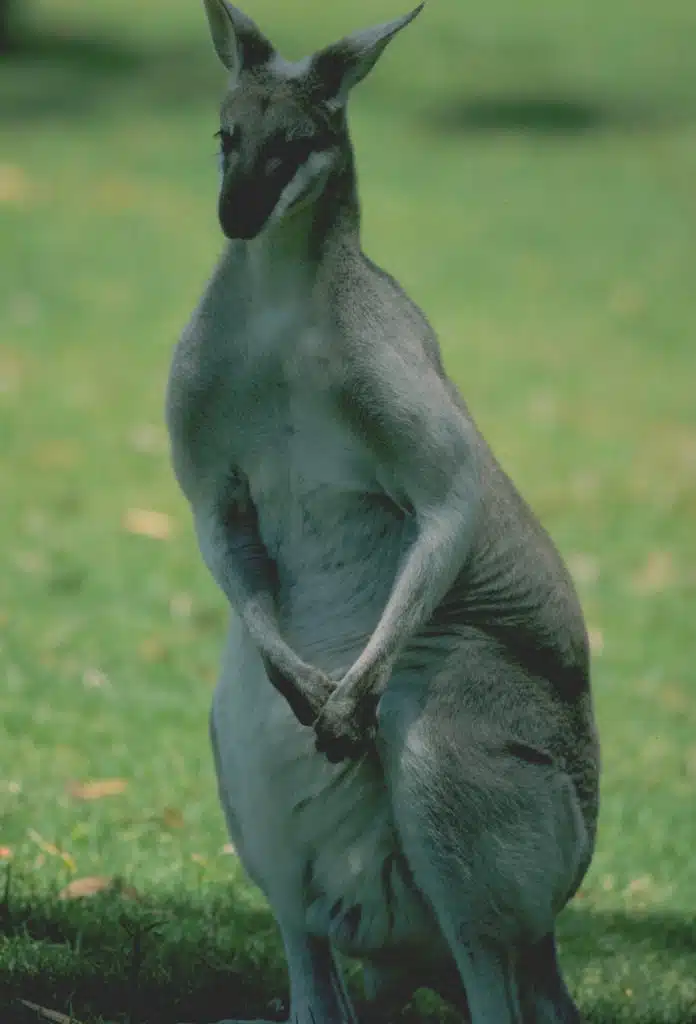Astronomers Discover Menagerie of Hot Molecules
How are stars born? A new instrument, developed at UNSW is probing interstellar gas clouds to find out.
A new instrument on the Anglo-Australia Telescope is helping astronomers peer deep into star-forming clouds in our Galaxy. According to Dr. Lori Allen, an astronomer at the University of New South Wales, stars form deep in clouds of gas and dust. The very material that form the stars also hide the birthing process from view by conventional instruments.
However, by looking at infrared light from these regions, astronomers can see what is happening inside the stellar nurseries. ”That’s because infrared light penetrates the dusty gas clouds, while visible light is scattered and absorbed by the dust particles”, says Allen. The star-forming clouds are composed primarily of molecular hydrogen, with some heavier elements and dust mixed in.
The new instrument, developed at the University of New South Wales (UNSWIRF, or UNSW Infrared Fabry-Perot) enables Allen and her colleagues to make images of molecular clouds at very high spectral and spatial resolution, i.e., to isolate the light of a very specific wavelength, and investigate the small-scale structure of these clouds. Specifically, they are investigating the ways in which young, hot stars affect the surrounding gas that is left over after their formation, and what implications these interactions may have for future generations of stars. ”If the newly formed star is extremely hot and bright, it can destroy all the molecular gas in its vicinity, thus preventing any more stars from forming nearby. But if the energy it emits is just right, it can actually compress the surrounding gas, inducing subsequent star formation” Allen said.
Investigations have focused on the M16 star forming region (also known as the ”Eagle Nebula”), which is famous for its striking elephant trunk–shaped columns of molecular gas. This cloud material, left over from the formation of a large cluster of massive stars about 2 million years ago, is now being heated by those stars, and images made by teh UNSW group reveal that the gas within the trunks is not uniformly distributed. Instead, it is clumpy, and shows large variations in its density. This discovery has important implications for the theories of how stars form. Another region featured in the study is a kangaroo-shaped nebula in the constellation Carina. The newly discovered ”Roo nebula” was one of the first images made with the powerful new instrument.
Allen works with Dr. Michael Burton, a senior lecturer at the University of New South Wales, Department of Astrophysics. Collaborators include UNSW astronomers Professor John Storey and Dr. Michael Ashley, the designers of UNSWIRF, and Dr. Stuart Ryder of the Joint Centre for Astronomy in Hawaii. Allen worked as an undergraduate on particle physics experiments at the Stanford Linear Accelerator, and later on SETI, the Search for Extraterrestrial Intelligence, at NASA.





 Fresh Science is on hold for 2022. We will be back in 2023.
Fresh Science is on hold for 2022. We will be back in 2023.